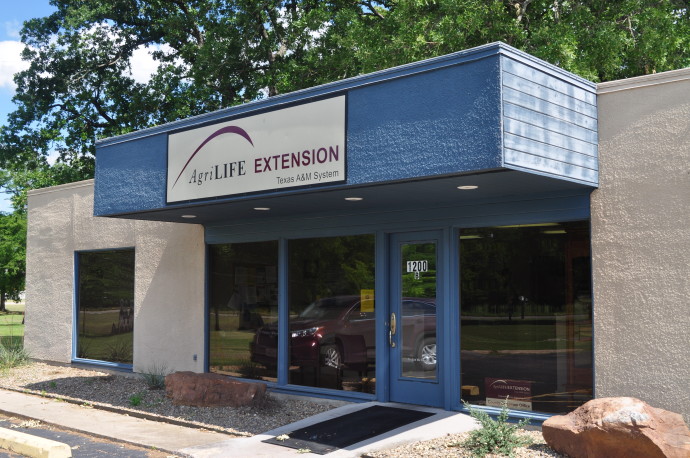
A common pasture management problem faced by most Texas hay and/or livestock producers is weed and brush infestation. According to Texas A&M AgriLife Extension Soil Specialist, weed species effectively compete with more desirable forage species for sunlight, moisture, and soil nutrients.
Whether herbaceous or woody species, if enough weeds are present in the pasture, the carrying capacity of the management unit is decreased, the nutritive value of the forage base is reduced, and input costs of the production enterprise are increased. The result is that profitability is reduced or losses are increased.
Weed infestation generally occurs due to poor management or uncontrollable climatic conditions such as drought. Introduced forage pastures, such as Bermuda grass, have been selected because of their ability to respond to fertilizer with significant increases in dry matter production. With proper fertility inputs, healthy forage stands usually can out-compete weed species.
Under low fertility conditions, however, weed species generally have the competitive advantage. Poor grazing management, usually overstocking, also contributes to weed infestation. Overstocking occurs when there are more animals per grazing unit relative to the unit’s ability to provide forage. Desirable forages are continuously and heavily grazed without the opportunity to recover and are thus reduced in abundance and/or frequency. Increased weed infestation occurs at this point.
Since most weed species are generally not as palatable to grazing animals, these species are generally ignored while more pressure is placed on the more desirable species. If this practice continues, a shift in plant species composition from desirable to less desirable species occurs. This change in plant composition is referred to as an overgrazed condition.
Thus, most weed problems are a direct result of past mismanagement. Most producers respond to weed problems by applying herbicides or mowing. If no change is made in the overall management of the operation, however, producers are only treating symptoms and not the direct cause of the problem.
In fact, if there are no desirable species present to respond to a release from weed infestation, many times producers may be left with only bare soil following an herbicide application. Weeds can be beneficial in reducing the level of both soil and water that may leave a site as runoff. Thus, in certain situations, a complete renovation of the pasture may be warranted.
As noted above, most weed problems can be directly attributed to a lack of fertility coupled with an overstocked livestock herd. Exceptions occur because of drought. During dry years, reduced forage growth from desirable grasses offers weed species the opportunity to become established.
If allowed to make seed, the year following a drought can witness a tremendous weed population. In this case, herbicides are usually required to manage the weed infestation. Drought conditions also encourage perennial weed infestations because their extensive root systems make them better able to survive these conditions.
For more information on this or any other agricultural topic please contact the Hopkins County Extension Office at 903-885-3443 or email me at [email protected].

Mario Villarino DVM, Ph.D.
Hopkins County Extension Agent for Ag and NR
1200B Houston Street
Sulphur Springs, Texas 75482
903-885-3443







